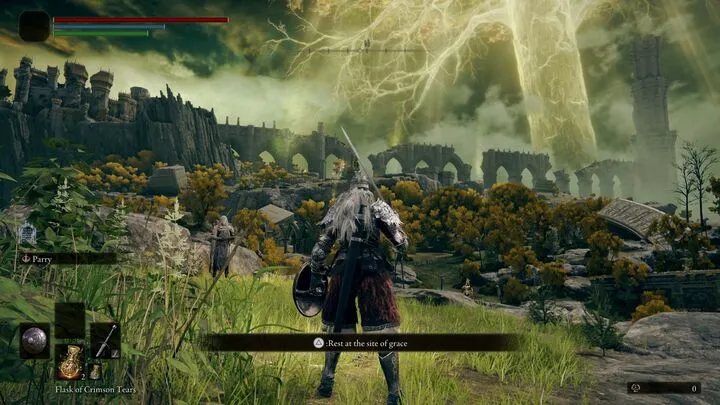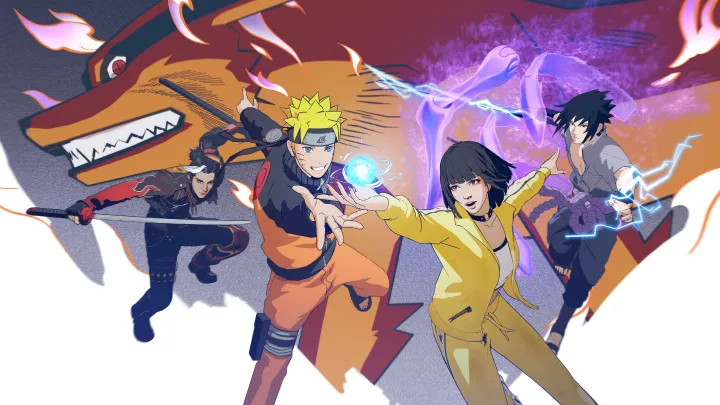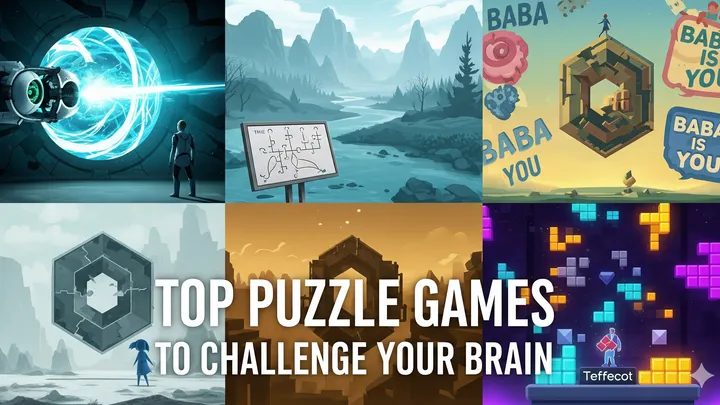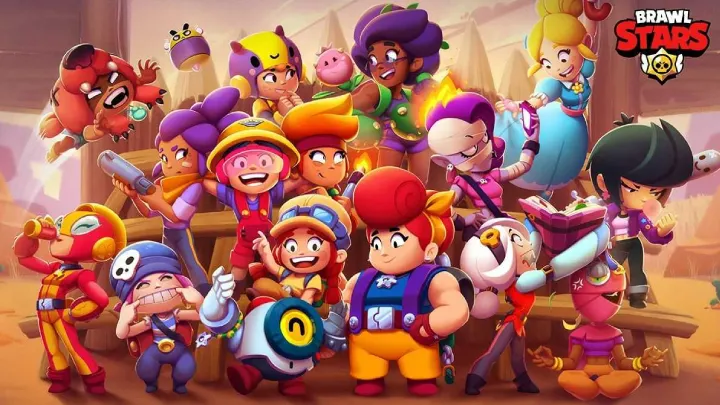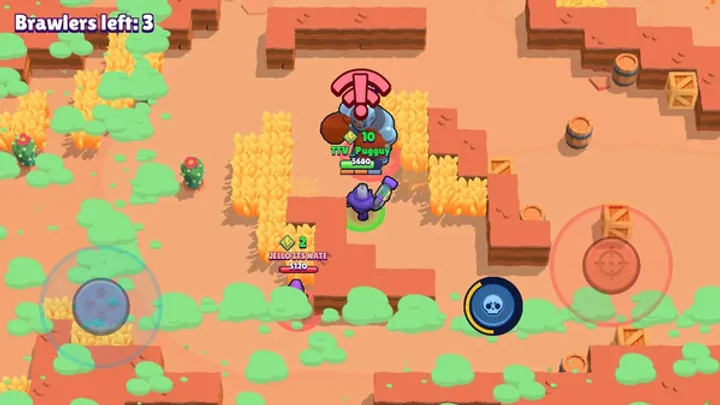Survival games have always tested resource management, adaptability, and player patience. Green Hell, however, takes the genre several steps further by incorporating a punishing mental health system that forces players to manage not only hunger, thirst, and stamina, but also sanity. This mechanic separates the game from its peers, creating a brutally realistic jungle experience that players must master. The following article dives deep into this unique issue, tracing how sanity works, its impact on survival, and the strategies players must adopt to thrive in a world designed to push the human mind to the edge.
The Birth of Sanity as a Core Mechanic
When Green Hell launched, it promised to go beyond traditional survival tropes. While most games focused on hunger, crafting, and shelter, Creepy Jar introduced sanity as a hidden but vital system.
The initial reception was mixed. Players found themselves bewildered by sudden hallucinations, auditory distortions, and even phantom enemies when their sanity dropped too low. For newcomers, this felt unfair, yet it also sparked intrigue — Green Hell had recreated the psychological toll of isolation in a way few games dared to attempt.
This design choice marked a turning point for the genre. Instead of survival being purely physical, Green Hell introduced the terrifying reality that your own mind could kill you.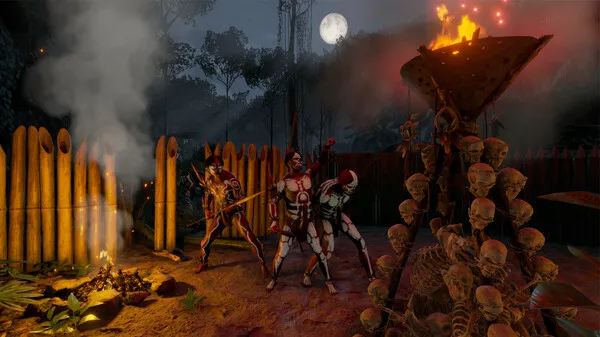
Understanding Sanity Loss in the Jungle
Sanity is a constantly shifting bar influenced by dozens of small actions. Eating spoiled food, being attacked by leeches, sustaining untreated wounds, or even killing animals unnecessarily can chip away at mental stability.
Key Factors That Lower Sanity
- Consuming spoiled or poisonous food
- Remaining in the dark for long periods
- Lack of sleep or rest
- Unclean wounds left untreated
- Parasitic infestations like leeches
The Psychological Twist
Unlike health or stamina, sanity reflects an invisible struggle. A player may appear “fine” in terms of stats, yet their auditory hallucinations or visions of shadowy figures make it clear that their mind is deteriorating. This mechanic adds immersion but also forces constant vigilance.
Hallucinations as a Gameplay Challenge
As sanity decreases, the game manifests terrifying consequences. Players begin to hear whispers, footsteps, and screams that do not exist. Eventually, they face physical hallucinations: shadowy figures that attack, forcing them into combat with enemies that only they can see.
These hallucinations are not merely jump scares. They drain stamina, cause disorientation, and make survival exponentially harder. Facing down a jaguar in the jungle is terrifying enough, but doing so while unsure whether it is real pushes players to their mental breaking point.
By turning psychological decline into a tangible gameplay mechanic, Green Hell transforms every decision into a gamble with the mind.
Early Game Struggles with Sanity
In the first hours of Green Hell, most players underestimate the importance of mental health. They focus on fire, water, and shelter, leaving wounds untreated or eating whatever food they can find.
As a result, new players often spiral into insanity quickly, overwhelmed by sudden hallucinations they cannot explain. Many rage-quit at this stage, calling the mechanic unfair.
Yet, this struggle is intentional. The developers designed the early game to teach players that ignoring mental health is as dangerous as starvation. By the time players survive their first week, they understand that sanity is not optional — it is survival itself.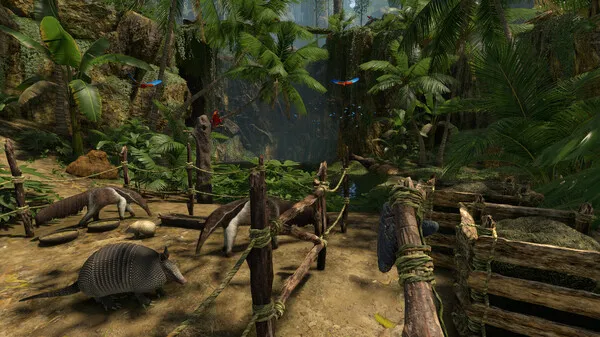
Mid-Game Mastery: Balancing Needs
Once players stabilize food and water, the focus shifts to preventing mental collapse. Crafting bandages, cooking food properly, and keeping a clean camp become second nature.
Preventive Habits Players Learn
- Always check wounds for infections and apply bandages immediately.
- Sleep at regular intervals to avoid exhaustion.
- Avoid eating mushrooms or unknown plants unless tested.
- Stay in the light during nighttime or craft torches.
By the mid-game, sanity transforms from a hidden obstacle into a system of discipline. Players begin to plan their actions not just for survival, but for peace of mind.
Late Game: Psychological Endurance
In late-game survival runs, the jungle itself becomes familiar. Players know how to craft weapons, hunt, and build advanced shelters. Yet sanity remains a constant threat.
Here, the challenge shifts from reaction to preparation. Long expeditions demand foresight: carrying proper food, medicine, and sleeping gear ensures sanity does not spiral out of control.
Veteran players describe this stage as a mental war of attrition. Even with skill and preparation, a single mistake — eating spoiled meat, neglecting an infection — can send sanity plummeting, unraveling hours of progress.
The Realism Behind the Mechanic
Green Hell’s sanity system draws heavily from real-world psychology. Prolonged isolation, poor diet, untreated wounds, and stress are known to cause paranoia, hallucinations, and breakdowns in real life.
This realism is what makes the game stand apart. Unlike horror games that use scripted scares, Green Hell generates fear naturally through mechanics. The player becomes their own worst enemy, creating a uniquely immersive survival experience.
By mirroring the fragility of the human mind, the game ensures that victories feel authentic and hard-earned.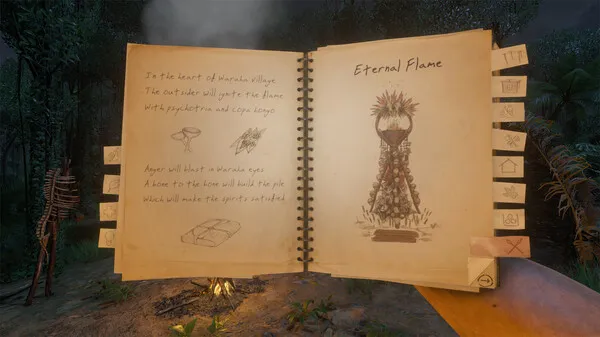
Community Reactions and Adaptations
The sanity mechanic sparked heated debate within the community. Some praised its innovation, calling it the “soul” of Green Hell. Others criticized it as overly punishing, particularly for solo players without co-op support.
Over time, guides, tutorials, and community forums dedicated to managing sanity emerged. Players began to share survival tricks, plant knowledge, and coping strategies. In this way, the sanity system fostered not just in-game adaptation, but a real-world community of problem solvers.
Strategies for Sanity Management
Mastering Green Hell requires a deep understanding of how to preserve mental health.
Practical Tips
- Cook food instead of eating it raw.
- Craft herbal remedies and keep a supply of clean water.
- Sleep in shelters, not on the ground.
- Kill only when necessary — unnecessary violence penalizes sanity.
- Build fires and stay near them at night.
Long-Term Strategies
Veteran players recommend creating multiple safe camps around the map. This ensures that no matter how far an expedition takes you, there is always a safe haven to recover sanity.
The Lasting Impact on Survival Gaming
By making sanity a core system, Green Hell influenced the broader survival genre. Other games have begun experimenting with psychological survival elements, but few reach the same level of detail.
The sanity mechanic ensures that every playthrough of Green Hell is unique, shaped not just by external dangers but by internal struggles. It redefines what “survival” means in video games: not merely outlasting the environment, but conquering the fragility of the mind.
Conclusion: Mastering the Mind to Master the Jungle
Green Hell is not just a survival game — it is a psychological experiment wrapped in digital form. Its punishing sanity system ensures that players confront not only the dangers of the Amazon but also the frailty of their own mental state. From early-game panic to late-game mastery, sanity shapes every decision, forcing discipline, foresight, and resilience.
While controversial, this mechanic remains the defining feature of Green Hell. It transforms survival into something more than managing hunger or thirst. It makes survival human.








